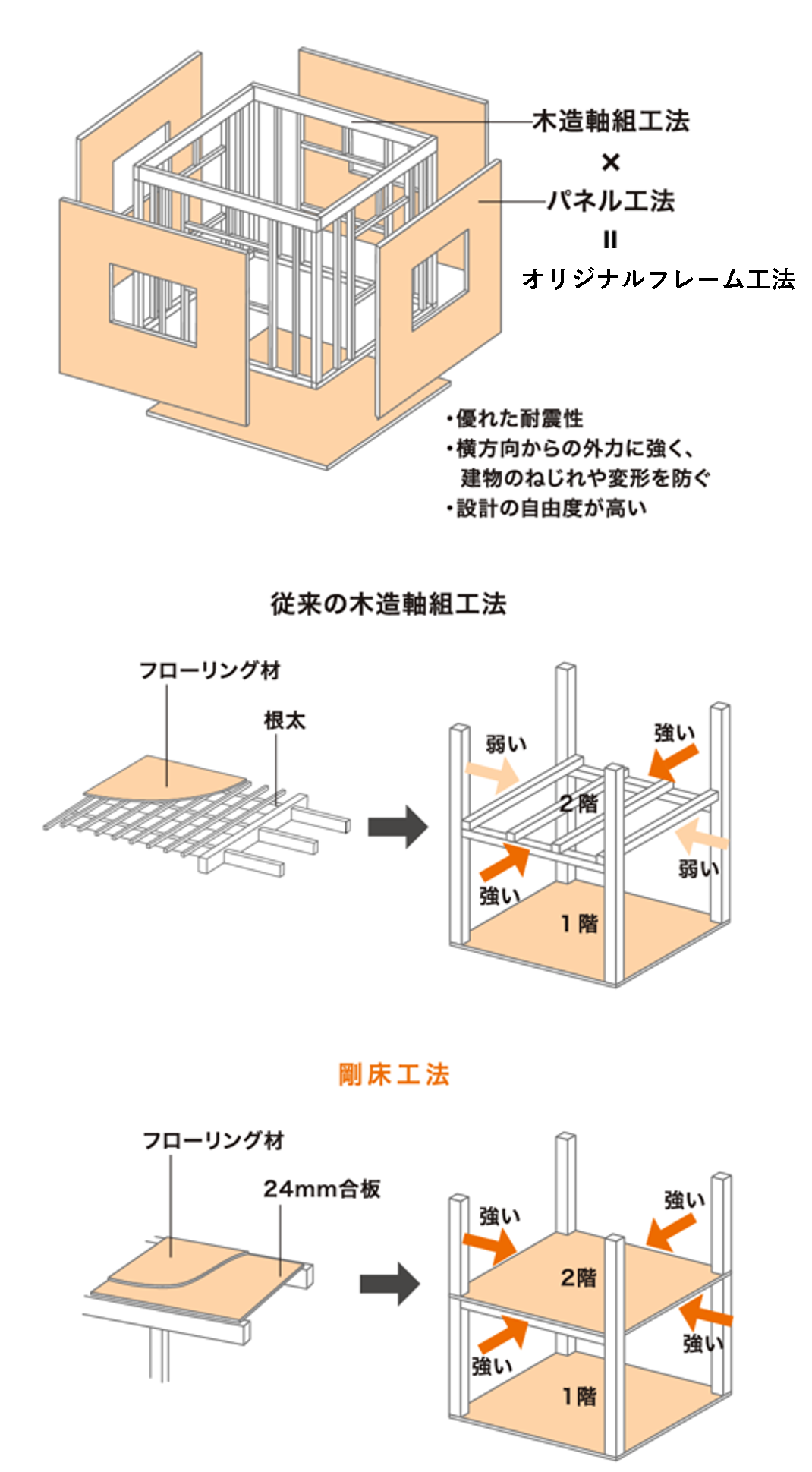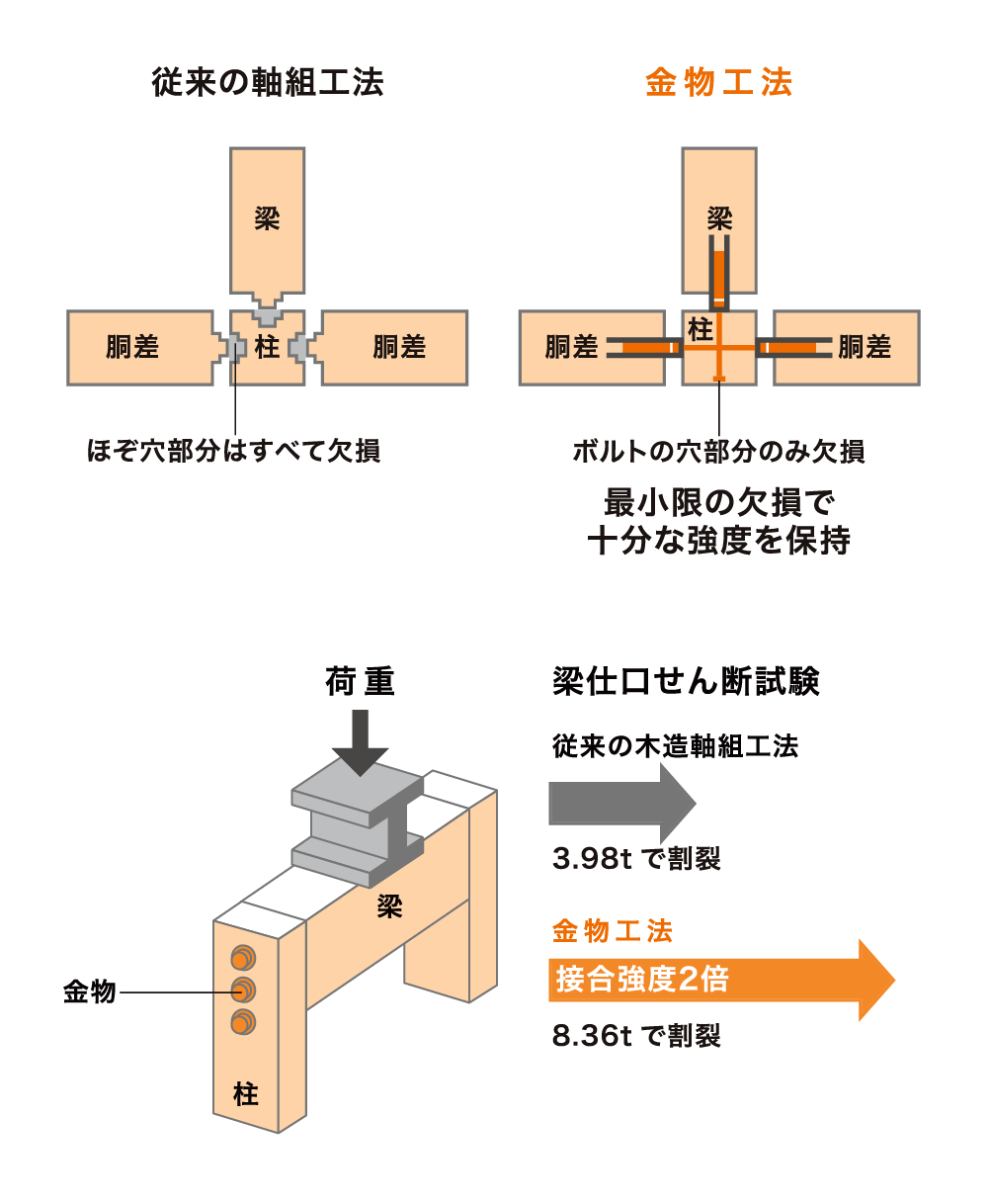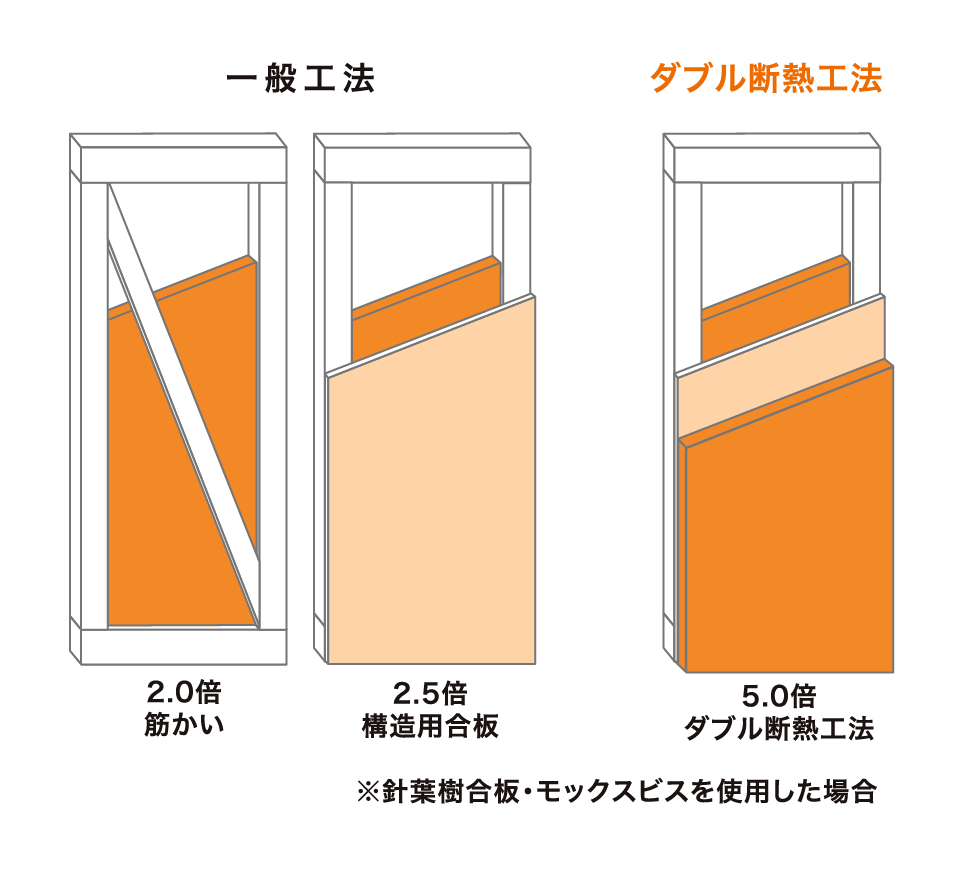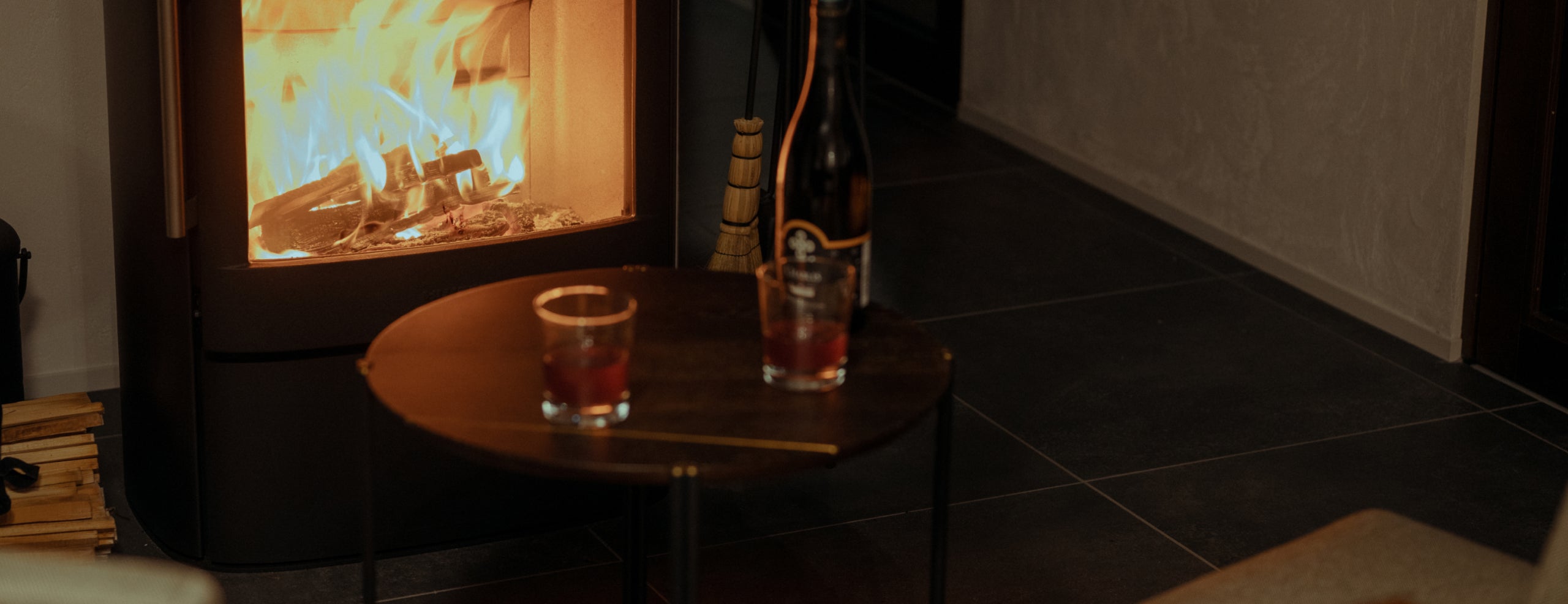
EVENT / NEWSイベント/ニュース
Peace of mind for your villa in Karuizawa! It's House's earthquake-resistant construction
Earthquake resistance is essential when building a house
Living in Japan, a country prone to earthquakes, the earthquake resistance of a home is something we cannot ignore. Safety is especially important for homes where you will be staying for an extended period, such as a vacation home in Karuizawa.
No matter how beautiful the design or how comfortable a house is, you cannot live in peace if it is shaken and destroyed by an earthquake.
That's why it's so important to think carefully about earthquake resistance when building a house.
So, how is it's House's home earthquake-resistant?
Wooden framework construction method x panel construction method = original frame construction method
The "Original Frame Construction" is a combination of the traditional Japanese "wooden framework construction," which supports a house with a wooden framework (frame) such as pillars and beams, and the "panel construction," which supports the house with surfaces such as floors, walls, and ceilings. By compensating for the weaknesses of the two construction methods, a strong framework is realized, while at the same time, the reduced number of pillars and beams allows for greater design freedom, which is also an attractive feature. The "Original Panel" demonstrates high resistance to external forces such as earthquakes. In addition, the second floor is made into a "rigid floor" by fastening 24mm thick structural plywood to the beams to form an integrated unit, which resists lateral forces such as earthquakes and typhoons, preventing the building from twisting or deforming.

Adopting the "metal construction method" to minimize wood damage
When connecting the pillars and beams that support a building, the traditional "wooden framework construction" involves cutting out the ends of the timber and fitting them together, whereas the "metal construction" uses metal fittings such as bolts at the joints. 3.2mm thick steel plates, 12mm thick bolts, and drift pins (steel rods used in place of bolts) are used to join pillars and beams, respectively. This method achieves joints that are approximately twice as strong as traditional construction methods, while minimizing cross-sectional defects (chipping in the cross-section of components due to cutouts, etc.).

A solid foundation provides firm support for the house
The "slab foundation" is a one-piece reinforced concrete structure that extends from the base of the foundation to the base, increasing its strength. Unlike the "strip foundation" where concrete is poured in an inverted T-shape, the "slab foundation" pours concrete across the entire bottom surface of the building, so the weight of the building is supported by a "surface," distributing the load on the ground. Not only does it provide stability, but it also reduces the burden of earthquakes and other shaking. Another attractive feature is that concrete is laid under the floor, making it difficult for moisture from underground to reach the home.
*In cold regions, a strip foundation may be required.

"Original panel" with earthquake resistance grade 3
The "Original Panel," which combines structural facings with "polyisocyanurate foam," a type of insulation material, has the highest strength in the "wall ratio," a guideline for wall strength set by the Building Standards Act (ensuring the upper limit of "5.0 times"). Furthermore, by using it not only on walls but also on roofs (ceilings) and floors to cover and solidify the building, it creates a stronger structure that is even more resistant to earthquakes and typhoons. "Polyisocyanurate foam" is a plastic foam that is widely used as a building panel, board, and insulation material.

These construction methods and structural innovations make it's House homes earthquake-resistant, safe, and comfortable to live in for a long time. In particular, the villa in Karuizawa is safe and comfortable even for long-term stays. When thinking about building a house, be sure to pay attention to earthquake resistance.

